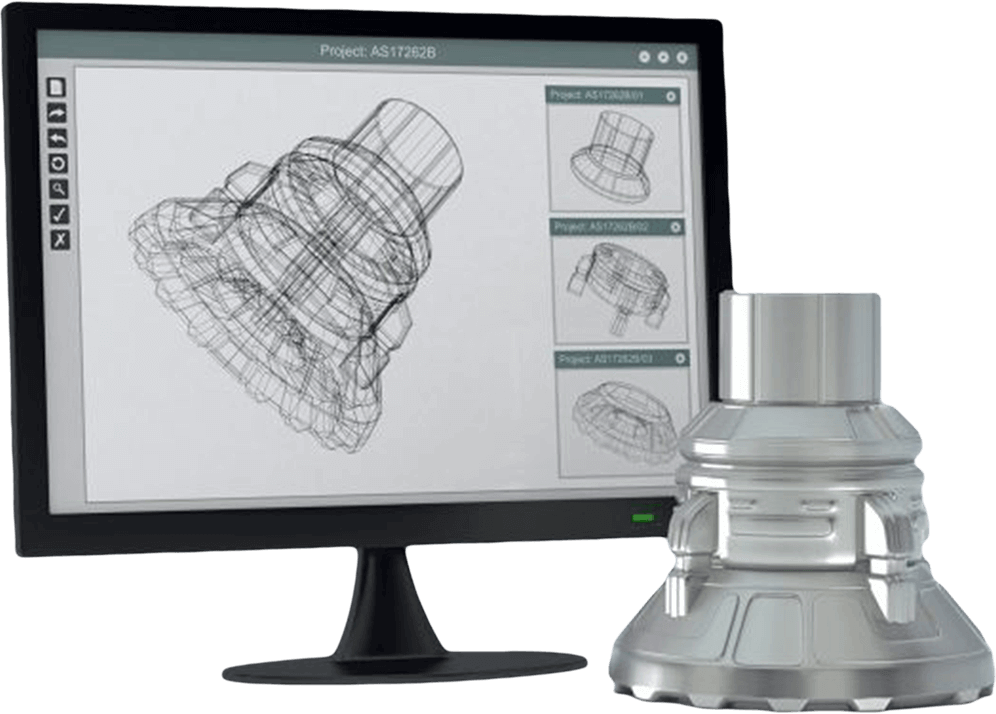
Many inventors and physicians have experienced an “ah-ha” moment. The stars align and they’re ready to present the world with a great idea, and potentially make a lot of money selling it from hospital to hospital. However, it’s not as simple as grabbing some material and going to your garage.
First, you need to understand how medical device development from prototype to regulatory approval works.
The path to commercialization of a medical device is long, expensive and takes an engineering mindset. Here are the phases you must pass through to have your medical device breakthrough hit the open market.
Phase one of the medical device development process is a more extensive deep-dive into defining your new invention. The best way to accomplish this is by answering questions about 3 main pillars in trying to sell a brand new product in the healthcare industry.
New medical inventions also need to meet the right classification by the Food and Drug Administration (FDA). There are 3 classes based on the potential harm a device can have on a user. Depending on the class, some devices may take longer to become market-approved than others. Luckily, the FDA provides a thorough guide for classifying your device.
At this point in the process, you have a pretty good idea of what steps you will need to take to turn your dream device into a reality. Before you get your hopes up, an essential step is getting a patent.
Patents aren’t handed out once a prototype is built. Patents are used to exclude others from creating your product. So, in theory, people have received a patent for something not yet available on the market. They’re essentially patent squatting.
To get a patent your idea needs 3 things:
Applying for a provisional patent before developing your new device will help give you time — and the right — to develop your invention.
The digital era has made it easier for inventors and manufacturers to work in lockstep with each other when creating a design for a new part. While hard, paper copy blueprints may still exist, 3D CAD files allow product development and research to move at a much faster pace.
You can buy software to build and examine CAD files or you can work with a prototyping company that gives you access to this convenient technology.
These CAD files will allow you to focus on the function of your design, not necessarily the design and how it will look. Once you pin down the functionality of the device, you need to utilize the most practical method for prototyping your new medical device.
After researching and discovering the best way to create your part, you need to bring it off the computer screen and into something tangible. This is called prototyping and there are several methods.
Creating your first prototype will be an exciting experience as you see your invention come to life. But making a life-sized model will also highlight the deficiencies with your design. This means a redesign and proof-of-concept will be needed.
During the medical device development process, proof of the part’s functionality is needed before it can be sent anywhere to get approved. These tests generally happen with the engineers at the test bench. Here is where they verify the correctness of the device’s design by simulating its use.
For example, something like the Sapien transcatheter aortic valve — used as an alternative to open heart surgery — needed to be planted in a simulated heart during the POC testing phase. If it doesn’t pass testing, another round of design is needed.
The iterative redesign process is initiated when a prototype fails a benchtop engineering test. The iterative redesign accounts for the failure of the prototype and identifies data points to build a better holistic perspective on the medical device and the intricacies it may have. It’s also less expensive to initiate a redesign at the prototype level rather than making a change once the completed part is built.
By gaining an understanding of the device’s characteristics through the iterative redesign process, the inventor can determine the viability of device commercialization.
The steps for market approval are established by a quality management system (QMS) which provides a framework to ensure your medical device is legit through policies and development procedures.
The QMS is regulated by Good Manufacturing Practices to guide the device’s development process and create a design history file (DHF). A DHF documents when a part was tested and provides background information about the design and manufacturing process. The DHF is created so the FDA can audit the process to ensure it is safe and effective for users of the new medical device.
Once the DHF is completed and the FDA testing requirements are met, you need to submit your device for regulatory clearance. The DHF will prove to the FDA your medical device is safe, and then you can begin to market and sell your product.
For a more thorough evaluation of the FDA certification process, you can find their medical device development process on their website.
If you’re ready to take your first steps toward your entrepreneurial dream, consider partnering with TenX. We offer the capabilities and industry know-how to get your medical invention out of your head and into the hands of patients who need it most.
